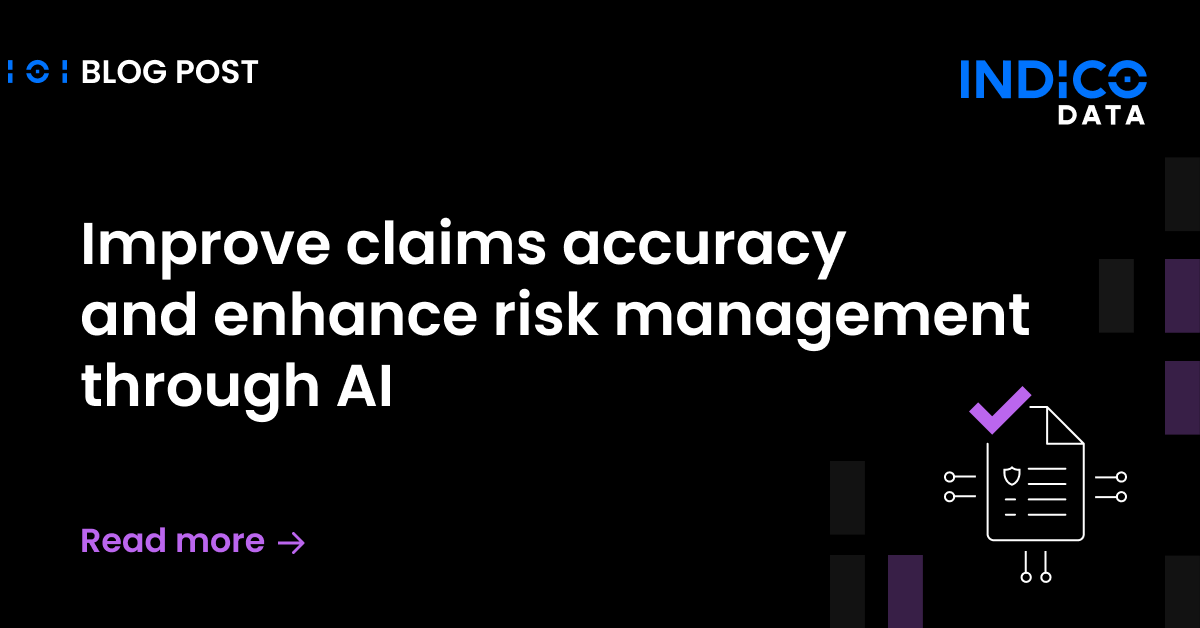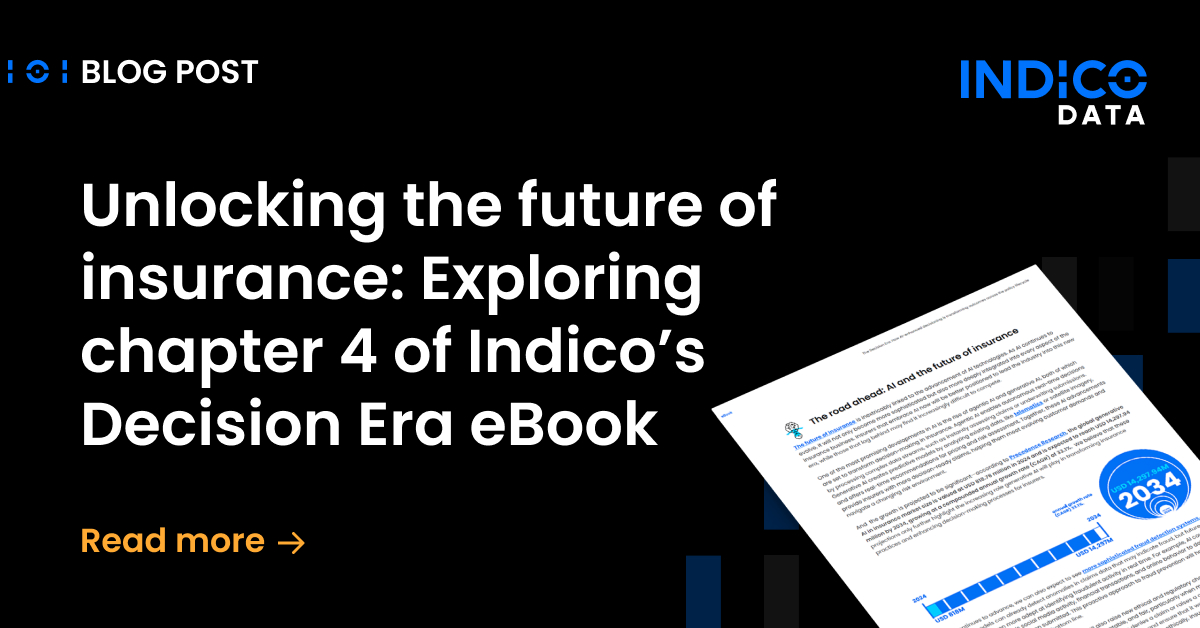Insurance underwriters have a difficult job. If you think about the diversity of industries in the U.S. or globally, it’s impossible for any single underwriter to have complete knowledge of the risks inherent to each industry. That makes underwriting an area that’s ripe for the use of effective technology to arm underwriters with the information they need to write sound policies that keep loss ratios under control.
It’s a topic Art Borden mentioned in my recent podcast with him, but the idea intrigued me enough that I had a follow-up conversation with him. Borden has decades of insurance underwriting and technology experience with firms including Zurich Insurance and his most recent position as VP of Underwriting Process and Technology with CNA. He’s a go-to guy for any topic that connects technology and underwriting automation.
Related content: Underwriting exec explains how applying technology to insurance underwriting processes keeps brokers happy
Structure is crucial to making content useful
Technology can help underwriters be more effective if it can be used to push relevant content to underwriters when they need it. Say a manufacturing plant routinely deals with a certain chemical. The underwriter has to determine whether that chemical presents a risk.
“There may be guidelines if the customer is doing a certain type of work, including exclusions and analysis, that you can push to the underwriter to make sure they fully understand the risk,” Borden said. If you can structure content and push it to underwriters as submissions come in the door, it helps steer them in the right direction in terms of what risks to consider.
The key to making such technology work is giving content structure. “It’s really important that the insurers structure their knowledge in such a way that it can be searched and shared easily so you can push that to underwriting community,” Borden said. “It requires content to be broken down in a certain way so machines can use it.”
Structuring content in this fashion should be part of the larger effort underway at many insurance companies to move to the cloud and build data lakes. Such efforts are all about rationalizing data and structuring it to allow for searching and parsing of data.
“Some companies with more discipline around data management will find it’s serves them well. It’s not an easy topic and a lot of work to get it right,” Borden said. “Those companies that have been doing it a long time probably have a competitive advantage. But that doesn’t mean others can’t catch up.”
Related content: Prepare for the future: Give your underwriters a bionic arm
Benefits of effective data management
Getting such a data strategy right and developing content push technology delivers significant benefits to insurance companies, he said.
For one, it can help ensure underwriters don’t overstep their bounds of authority. All underwriters have a certain level of risk they’re allowed to write, depending on their level of seniority.
“That’s a difficult thing to manage,” Borden said. “It’s tough to know whether you’re breaking your authority on a given risk.” A good content management system could raise red flags when an underwriter may be in danger of overstepping that authority.
Effective use of data can also help insurers deal with the turnover that is rampant in the industry. But as any given underwriter moves from one company to another, it can be difficult to align past experience with the new company.
“It’s a conundrum for industry,” he said. “As people move around, while basic skills are common, the knowledge of what they’re good at, what risks they can write effectively, gets challenged.” Technology can help guide underwriters toward what risks are acceptable at the new company.
A good tech strategy invites good underwriters
In fact, an insurance company that makes effective use of technology will be more attractive to underwriters who are looking for new opportunities. Underwriters tend to talk to each other and will quickly learn which companies have their technology act together. Whether it’s AI in underwriting or intelligent document processing to automate the insurance submission process, technology is becoming more important in those job decisions.
“It used to be the case that, when thinking about taking a new job, underwriters were very interested in the size of the book of business they had to write and maintain,” Borden said. “Now it’s more shifting to operating environment, technology systems, and how hard the job is to do.” Underwriters are looking to move away from the days when their job meant dealing with multiple spreadsheets and older systems where they’d have six or eight windows open at once, forcing them to bounce from screen to screen.
“Can technology make a difference for the underwriting community? It sure can. And it can help with recruiting efforts and retention efforts in a whole host of ways,” Borden said. “Technology is going to end up making a big difference for the underwriting community.”
And at the heart of it is data that’s structured such that underwriters can make effective use of it, he said. “There isn’t anything more important for an insurer than to get their data strategy correct.”
For more insights, check out the full transcript of the podcast here.
Check out the full Unstructured Unlocked podcast on your favorite platform, including:


